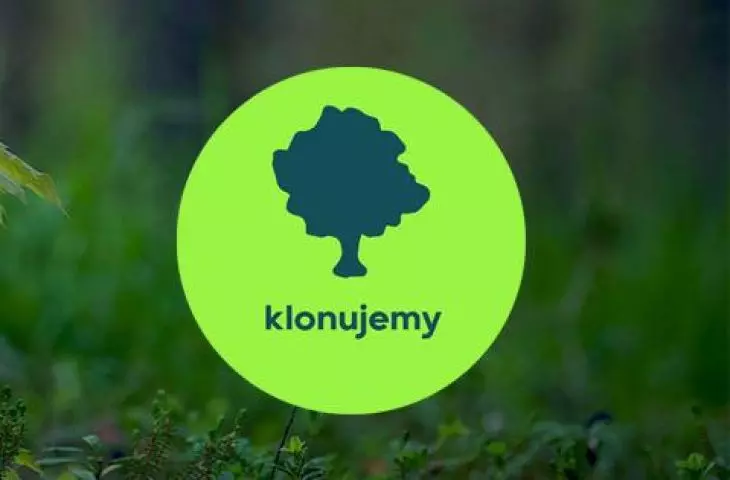We associate urban greenery with public parks, squares or plantings along streets, alleys and sidewalks. These areas are usually taken care of by the City, which contracts vegetation-related activities to the appropriate sub-units. But can it alone plant trees that will serve everyone? It seems that not necessarily, and this is what the Tytano Foundation and the Function of the City Association are trying to prove, inviting you to participate in the grassroots KLONZE initiative.
There can never be too many trees in a city - they provide shade, improve air quality, serve as homes for insects and birds, and aid water retention during heavy rainfall. According to the website of the EU LIFE URBANGREEN project carried out with the Board of Urban Greenery, there were 260,000 trees growing in Krakow in 2022. The results of the study, which included less than half of these trees, indicate that each year they are responsible for sequestering nearly 6,500 tons of carbon dioxide, capturing nearly 40 tons of particulate matter, and saving 6,000 megawatt-hours of energy by reducing the average air temperature in their immediate vicinity. If the list of benefits is so long, why are trees still scarce in cities?
not just the City
For various reasons, the City is not able to plant enough trees everywhere. Sometimes there is not enough money or space, sometimes conflicting interests of different social groups stand in the way. And the needs and desires of residents are great, as evidenced each year by the numerous proposals for new plantings, green squares and pocket parks submitted to the Citizens' Budget. Can the city's trees be provided only by the authorities, or are other entities also capable of doing so? Can trees growing on private land serve all residents? These questions are being attempted to be answered by the Tytano Foundation of Krakow, together with the Function of the City Association, which are inviting people to take part in an initiative called KLONUJY. What will it consist in?
Planty in Krakow
Photo: Arek Olek | Wikimedia Commons © CC BY 2.0
attack of the clones
The organizers of the KLONUJY campaign are inviting Krakow citizens and residents who would like to help increase the number of trees in the city. On the part of residents, institutions or private entities is the first step - declaring a desire to participate in the project using the form available on the initiative's website and indicating the place where a new tree could be placed. Later, the baton is taken over by the Tytano Foundation and the City Function Association, which undertake to find a way to plant a new plant. A suitable tree will be selected together with city activists and a team of specialists, who will then carry out the process from the legal and implementation side. CLONE will plant trees at least two and a half meters tall, so that they will already provide the desired shade and cooling in the coming years and have a better chance of surviving the most crucial first years in the new location. From the moment of planting, the trees are to be cared for by those managing the areas submitted to the project - a list of guidelines for specific plants, developed by specialists, will help. According to the project's authors, its strength is to give back the dexterity to the people living in Krakow. Thanks to this, the newly created greenery will be placed in places where it is most needed - it is the residents who know best where their neighborhoods lack green areas.
CLONE
© Tytano Foundation
trees for all
Who can actually apply to the project?
We can be approached by residents (private individuals), as well as institutions, companies, housing cooperatives with a request to plant a tree. The rule is one, if we plant a tree on private land, all residents should have access to the area, not just the landowner. In short, we want everyone to be able to "hug" a tree. The only exceptions are the areas of schools and kindergartens. It must be a public area and, of course, it must meet all legal and technical requirements, there must be permission from the owner, etc. - answers Judyta Jastrzebska of the Tytano Foundation.
The owners of the land where the new plantings will be located do not bear any costs associated with the project. The funds, thanks to which new trees will grow, come from external sources - the foundation is still approaching potential patrons, and is open to support from companies, institutions or organized groups of residents.
For more information , visit the project website























